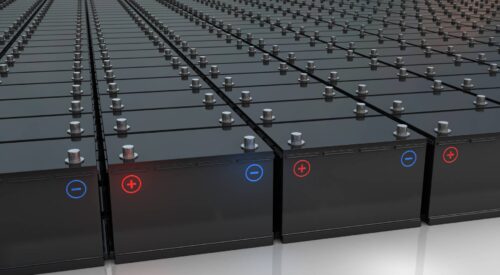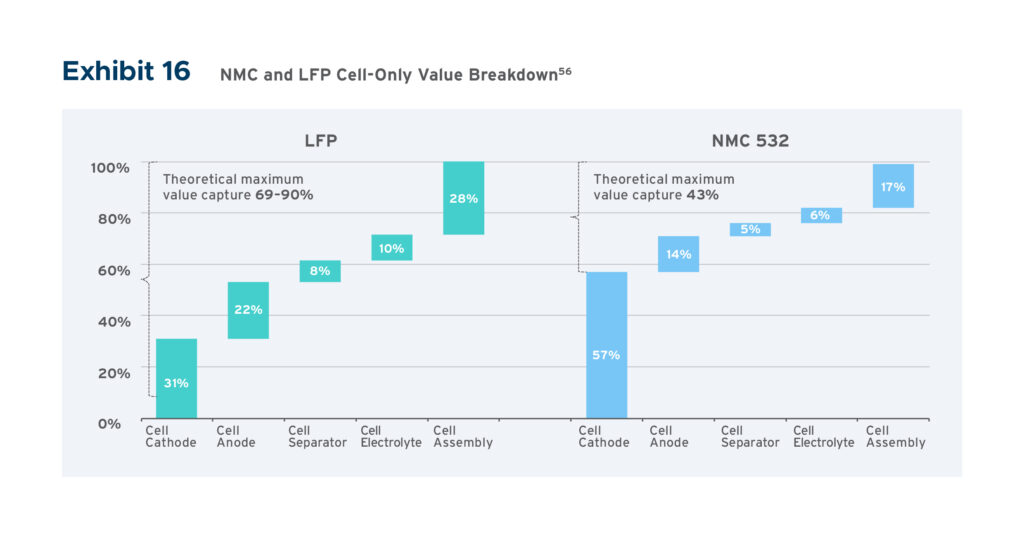
Report | 2022
Need for Advanced Chemistry Cell Energy Storage in India
Part II of III
Battery energy storage plays a critical role in accelerating electricity and transportation decarbonization in India. The recently finalized $2.5 billion Production Linked Incentive (PLI) Scheme on advanced cell chemistry (ACC) battery storage has signalled India’s intent to meet the need for batteries through domestic manufacturing. With the announcement of the bid winners for the scheme, the momentum has finally shifted from planning to actions on the ground.
Within this background, this report is the second of a three-report series designed to create a shared understanding among stakeholders of the status and future trends that are emerging in ACC batteries. This report is a technical review of the various battery technologies and resulting theoretical value capture that could result from domestic battery manufacturing.
The report analyses existing, advanced, and upcoming battery technologies on multiple industry standard performance metrics, and provides an outlook of battery chemistries that could go mainstream by 2030 and beyond. It also highlights the key characteristics of various battery technologies, their pros and cons, and their suitability for key applications. India has the perfect opportunity to establish a battery manufacturing ecosystem on the foundation of new technologies that leverage abundantly available indigenous materials like sodium and aluminium.
Promoting the domestic manufacturing of ACC batteries also provides India with the opportunity to reduce its dependence on imports to meet future advanced energy economy demands. Looking at the most common nickel manganese cobalt (NMC) and lithium iron phosphate (LFP) chemistry cells only, India could capture between 40 and 90 percent of total cell value within the country. This has the potential to make domestic cell manufacturing a catalyst of growth for some of India’s most promising demand sectors—e-mobility and grid-scale energy storage.

